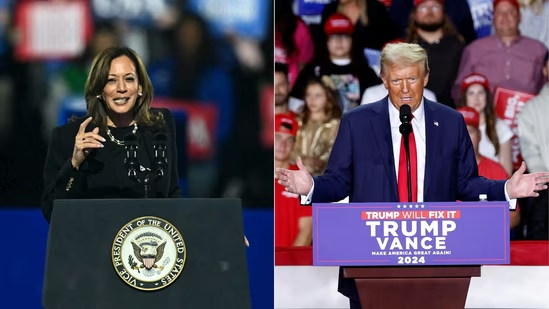Understanding the U.S. election system can seem complex due to its unique features and layered structure. Here are key things to know about it:
1. Two Primary Types of Elections
- Presidential Elections: Held every four years, these determine the President and Vice President.
- Midterm Elections: Occur every two years, midway through a president's term. These elections include all 435 seats in the House of Representatives, one-third of the Senate, and many local and state offices.
2. The Electoral College
- The U.S. uses an Electoral College system for presidential elections, where citizens vote for electors who, in turn, vote for the President and Vice President. Each state’s electoral votes are roughly based on its population size, with a total of 538 votes available (270 needed to win).
- Most states follow a “winner-take-all” approach, where the candidate with the majority vote in that state wins all its electoral votes, though Maine and Nebraska use a different method, distributing votes based on district outcomes.
3. Primary and Caucus Systems
- Before the general election, political parties hold primaries and caucuses in each state to select their nominees.
- Primaries are more common and function like regular elections, while caucuses involve gatherings where voters discuss and choose their preferred candidate. These events ultimately lead to the party conventions where the nominees are officially selected.
4. Key Voting Rights Laws
- Voting rights in the U.S. have evolved significantly, with major milestones like the Voting Rights Act of 1965 and the 19th Amendment (which gave women the right to vote). State laws still vary widely in terms of voter ID requirements, registration deadlines, and early voting policies, all of which can impact turnout.
5. Influence of Swing States
- “Swing states” or “battleground states” are those with no strong lean toward a particular party, making them crucial in determining the election outcome. States like Florida, Pennsylvania, and Michigan often receive intense focus because a small shift in votes can alter the overall election result.
6. The Role of Campaign Finance
- Campaign finance plays a significant role in U.S. elections. The amount of money candidates raise can impact their visibility, advertising, and overall influence. Campaign finance laws, regulated by the Federal Election Commission, govern how candidates and organizations can raise and spend money, with limits on individual contributions but fewer restrictions on political action committees (PACs) and super PACs.
7. Voter Participation and Turnout
- Voter turnout in the U.S. tends to be lower compared to other democracies. However, recent elections have seen increased engagement, with record turnout for both presidential and midterm elections. Issues like voter suppression, accessibility, and public interest significantly impact participation.
8. Certification and Transition of Power
- After the election, states certify the results, and in the case of a presidential election, electors cast their votes in December. The new President is inaugurated on January 20 following the election year.
Understanding these elements can provide a clearer perspective on the U.S. election process and its influence both nationally and internationally.




No comments:
Post a Comment